
Place-driven Practice
Running for just two weeks across various locations in greater Walyalup, the Fremantle Biennale: Sanctuary, seeks to invite artists and audiences to engage with the built, natural and historic environment of the region.
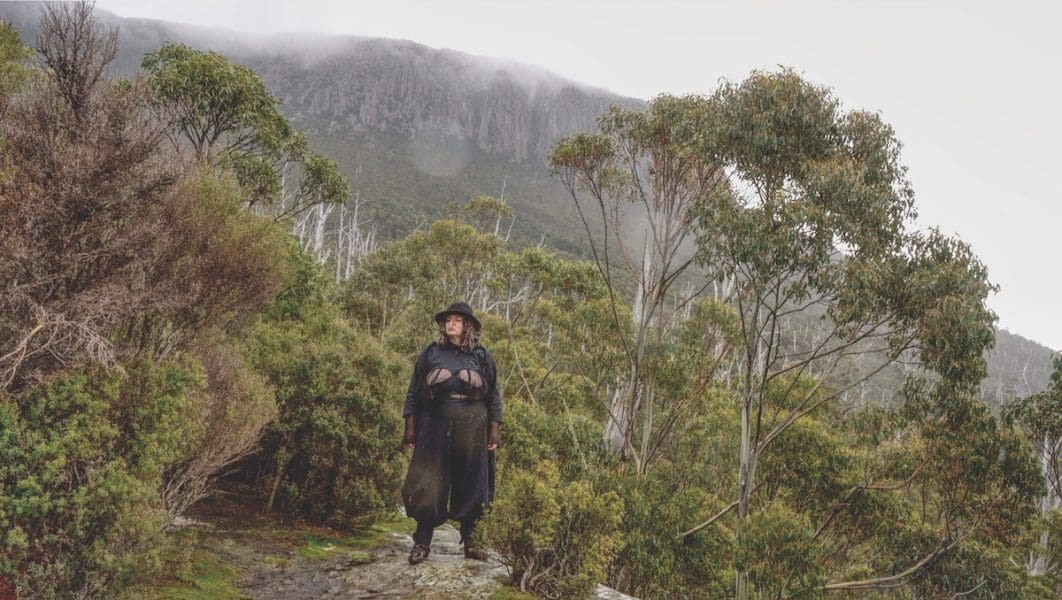
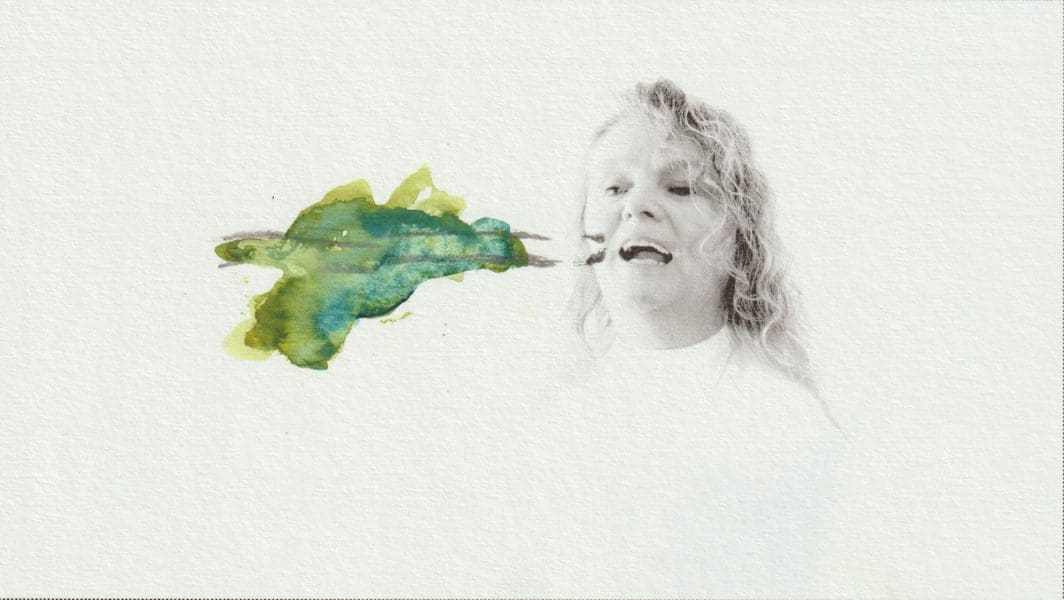
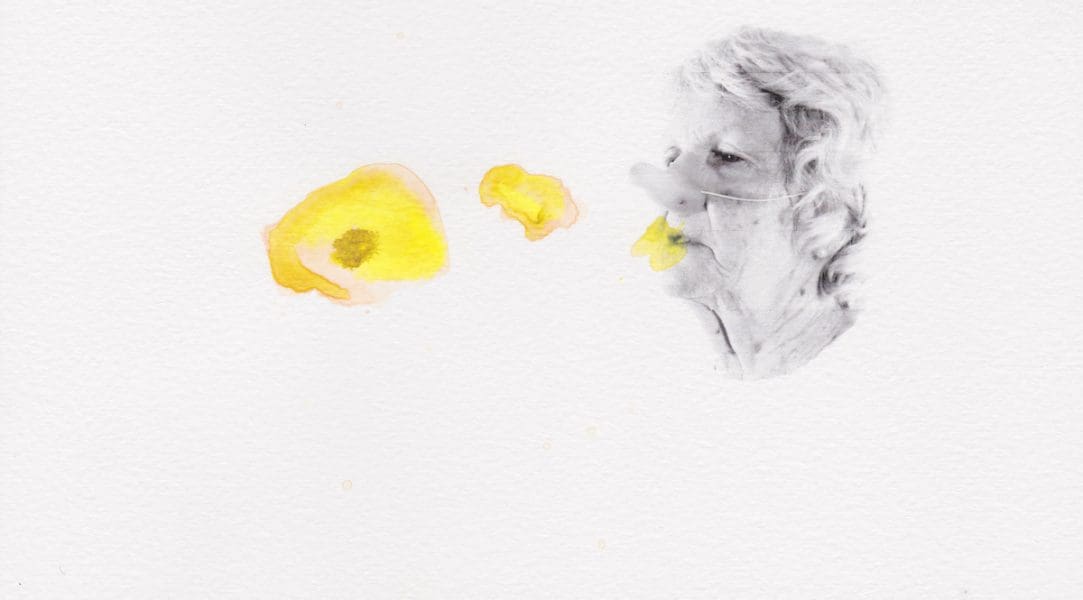
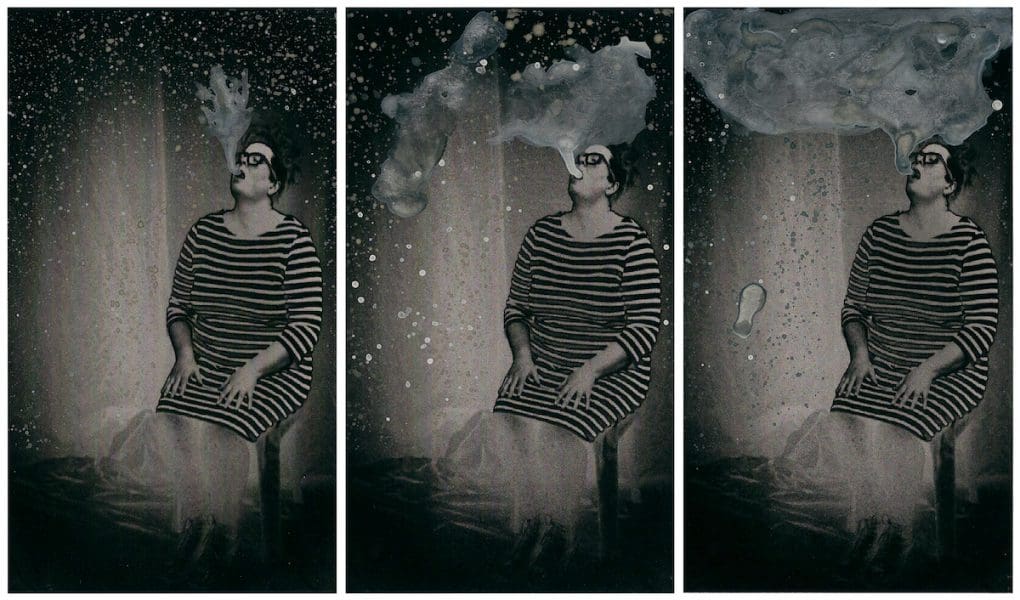
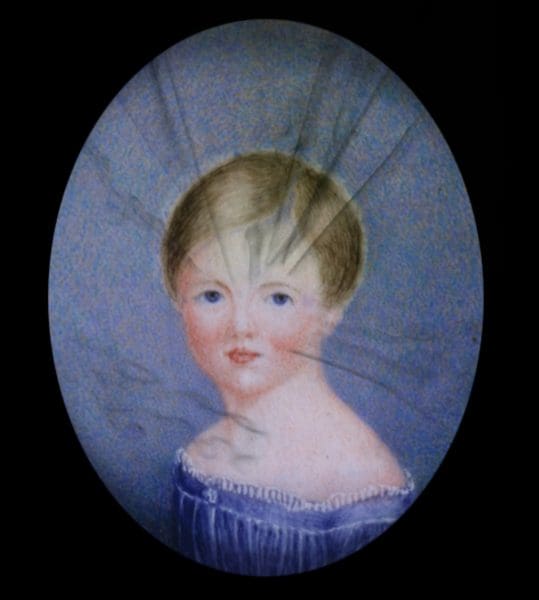
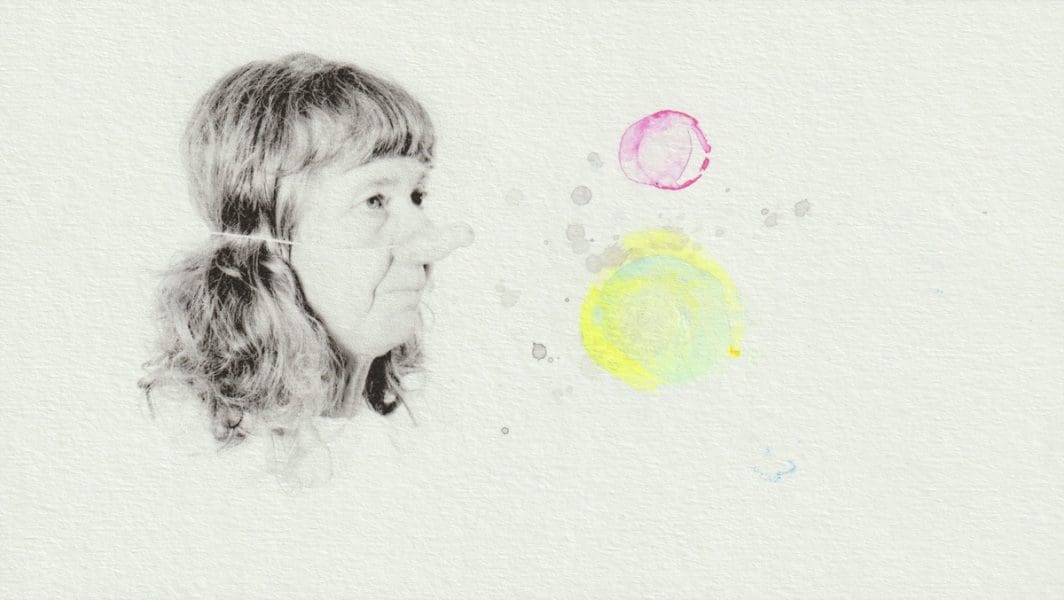
Commonly referring to a wizened woman possessing magical powers, the crone is a persistent character in folklore. From the Norse myth of Elli, the Goddess of Old Age who triumphed over Thor in a wrestling match, to the Baba Yaga in Russian literature, a mysteriously powerful old woman who lives in a hut propped up by chicken legs, the crone is also associated with witchcraft and the occult.
During the 12-month process of working on her Crone project, Tasmanian artist Sally Rees has become well versed in these representations of older women. Using the mediums of sound, video and performance, which Rees describes as “witnesses to uncanny human experience,” Crone is one of three projects produced with funds from Suspended Moment: The Katthy Cavaliere Fellowship.
Awarded in 2018 to Rees, Giselle Stanborough and Frances Barrett, The Katthy Cavaliere Fellowship is open to artists with a background in installation and performance, honouring the artistic legacy of the late Italian-Australian artist who passed away in 2012. In a collaboration between Carriageworks, the Australian Centre for Contemporary Art and the Museum of Old and New Art (Mona), each gallery has spent the past year working with an artist to develop a new exhibition. At Mona, Nicole Durling, senior curator and co-director of Exhibitions and Collections, has been working with Rees to facilitate Crone, a body of work addressing female ageing and the lack of visibility afforded to older women.
For Rees, the experience of ageing has been fortified by networks—the lifelong connections forged between women that fuel their power, courage and strength. “If you simply looked at statistics, you would think people were trying to kill us and make sure we never got old,” says Rees. “We must be quite resilient, we’ve seen a lot and we have a viewpoint. That’s very valuable.” The collective power of the network is reflected in the central work of Crone—a series of animated videos featuring women calling out to each other like birds. Arranged in a circle are multiple monitors, each featuring one woman signaling her presence by mimicking the calls of sandpipers, crows, owls or chickens. The women have played a significant part in Rees’s life, from long-term friends and family members, to those who offered help when it was needed most. The majority are aged 47 and up, with women over the age of 50 blessed with a large prosthetic nose, a physical symbol of having passed through a significant age milestone.
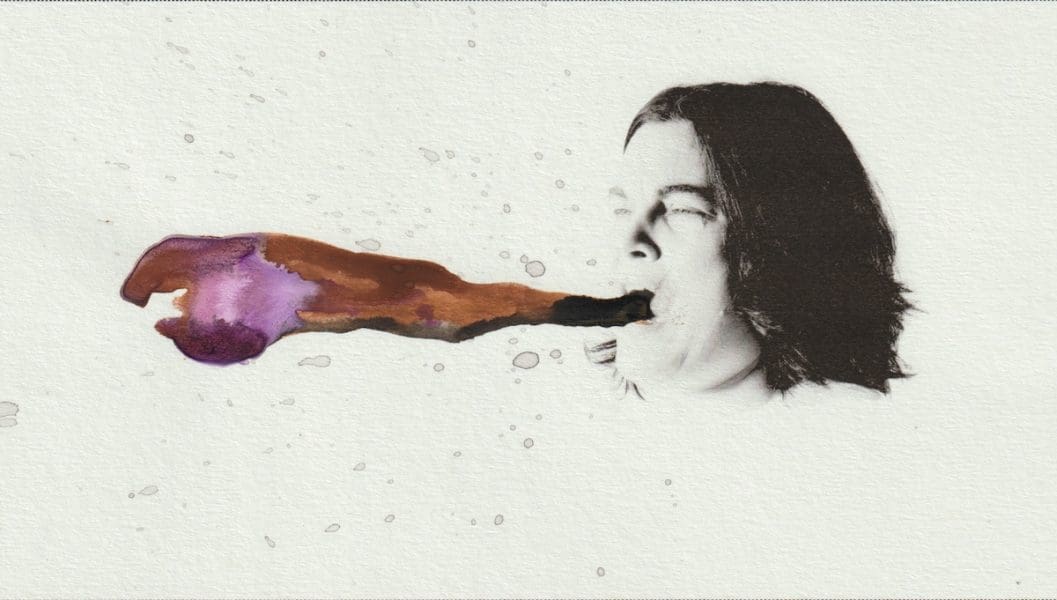
Refining Crone with the help of dramaturg Deborah Pollard and fashion designer Sabrina Evans, the entirety of Rees’s Crone project includes animation, custom-made costumes and an outdoor durational performance. Rees acknowledges a strong admiration for American experimental filmmaker Stan Brakhage, known for painting directly onto his film cells. In the Crone bird call animations, Rees has added watercolour elements onto select panels of film to illustrate the colour and shape of sound. Depending on the depth of tone and length of the noise they make, splotchy forms splash and stretch from each woman’s mouth. “Translating the sound into a visual has had to be really intuitive,” says Rees. “It was a process of bringing something unseen into being.”
In 2016, Rees conducted The Guðmundsdóttir Summoning—a small gathering of people hoping to magically beckon the Icelandic singer Björk to Tasmania. Part of the group exhibition Gratis curated by Sam Johnstone at the University of Tasmania’s Plimsoll Gallery, Rees and her fellow summoners, aka The Guðmundsdóttir Coven, painted tattoos on their hands and conducted karaoke rituals. “I’ve been a big spooky fan since I was a kid,” admits Rees. “Magic moved its way back into my practice when I was feeling politically frustrated. I started making artworks specifically designed as spells and began to look at magic as a form of protest.”
In addition to the gallery-based pieces, the final action in the Crone project will take place when Rees dons her custom-made crone attire and hikes down the mountain trails of Hobart’s kunanyi/ Mt Wellington. Coinciding with her 50th birthday, the long trek will deposit Rees back at Mona where she will acquire her own prosthetic nose—a mark of “true crone-age.” Celebrating ageing women as figures of great power and courage, admired for their tight networks of support and deeply valued for their wisdom, Crone unashamedly turns any idea of frailty on its head. When asked what life would be like for older women in a perfect world, Rees concludes, “Older women would have the freedom and social support systems to be whatever they want. They would be heard and given opportunities to contribute to the world in a fulfilling way. I don’t know anyone who just wants to sit and watch soap operas.”
Crone
Sally Rees
Museum of Old and New Art
18 June – 1 November 2021